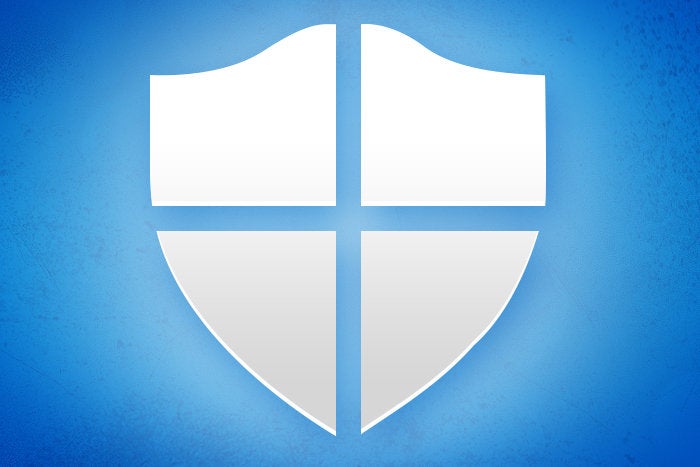Microsoft finally bans SHA-1 certs in IE and Edge

Credit to Author: Lucian Constantin| Date: Wed, 10 May 2017 09:08:00 -0700
The Tuesday updates for Internet Explorer and Microsoft Edge force those browsers to flag SSL/TLS certificates signed with the aging SHA-1 hashing function as insecure. The move follows similar actions by Google Chrome and Mozilla Firefox earlier this year.
Browser vendors and certificate authorities have been engaged in a coordinated effort to phase out the use of SHA-1 certificates on the web for the past few years, because the hashing function no longer provides sufficient security against spoofing.
SHA-1 (Secure Hash Algorithm 1) dates back to 1995 and has been known to be vulnerable to theoretical attacks since 2005. The U.S. National Institute of Standards and Technology has banned the use of SHA-1 by U.S. federal agencies since 2010, and digital certificate authorities have not been allowed to issue SHA-1-signed certificates since Jan. 1, 2016, although some exemptions have been made — for example, for outdated payment terminals.
To read this article in full or to leave a comment, please click here





